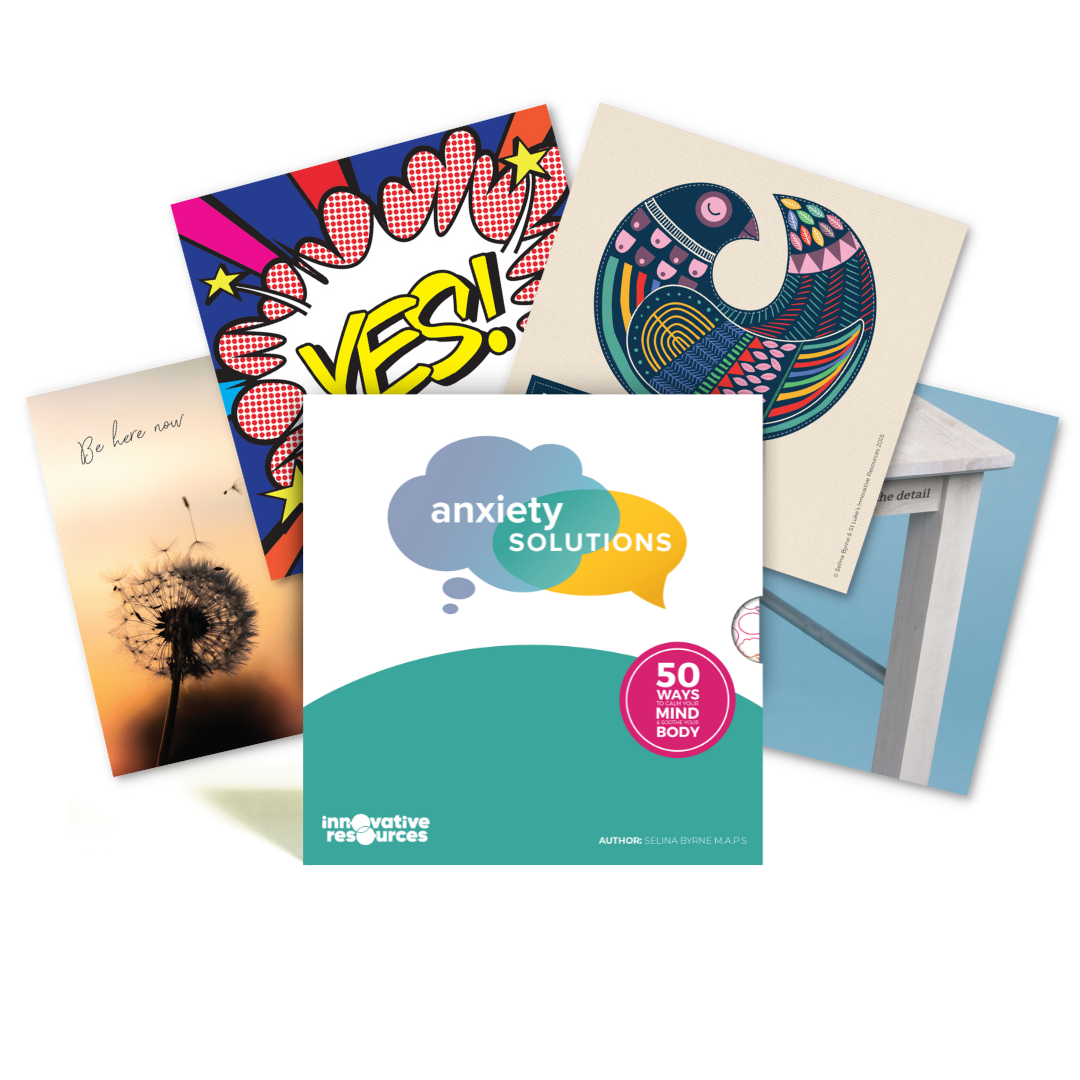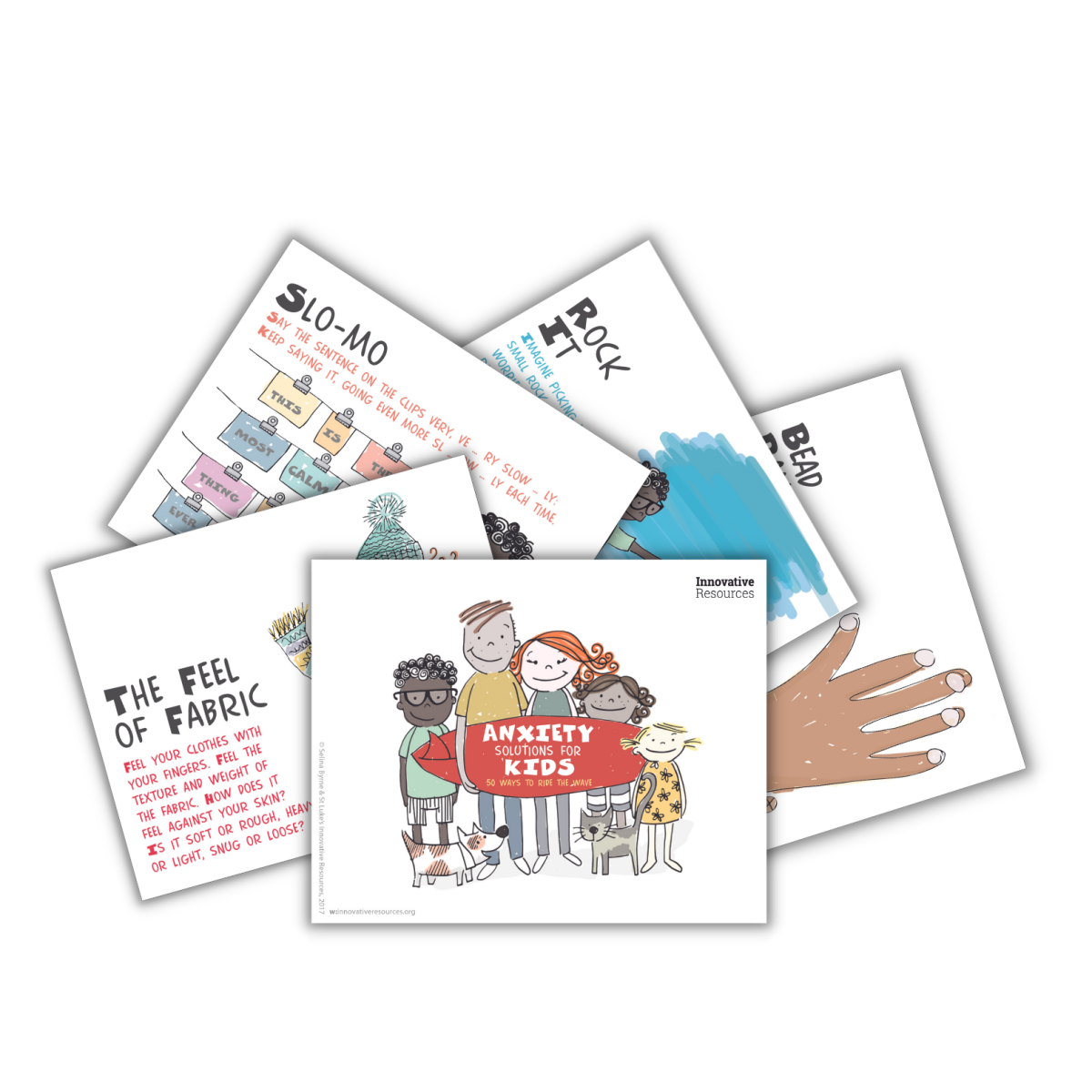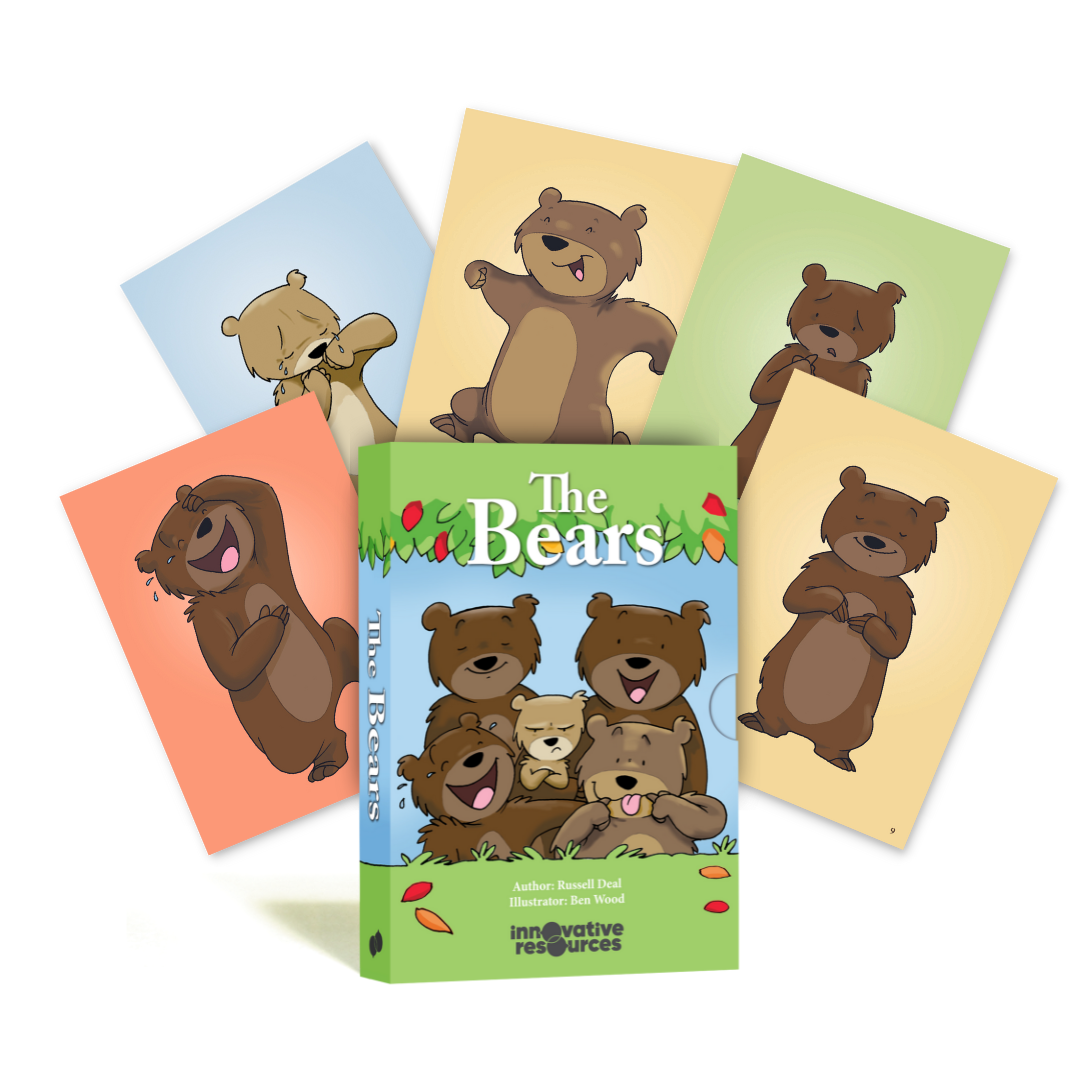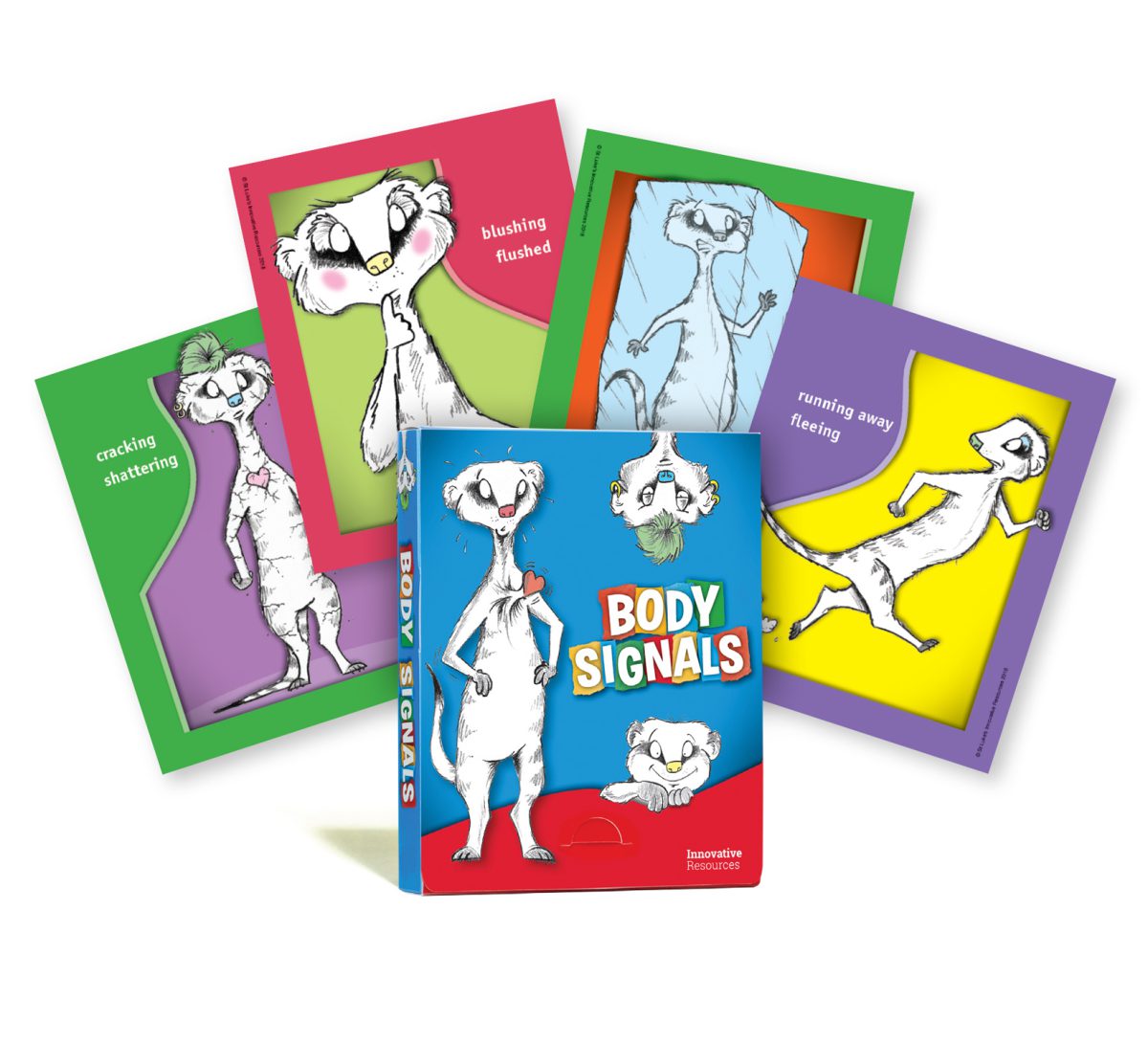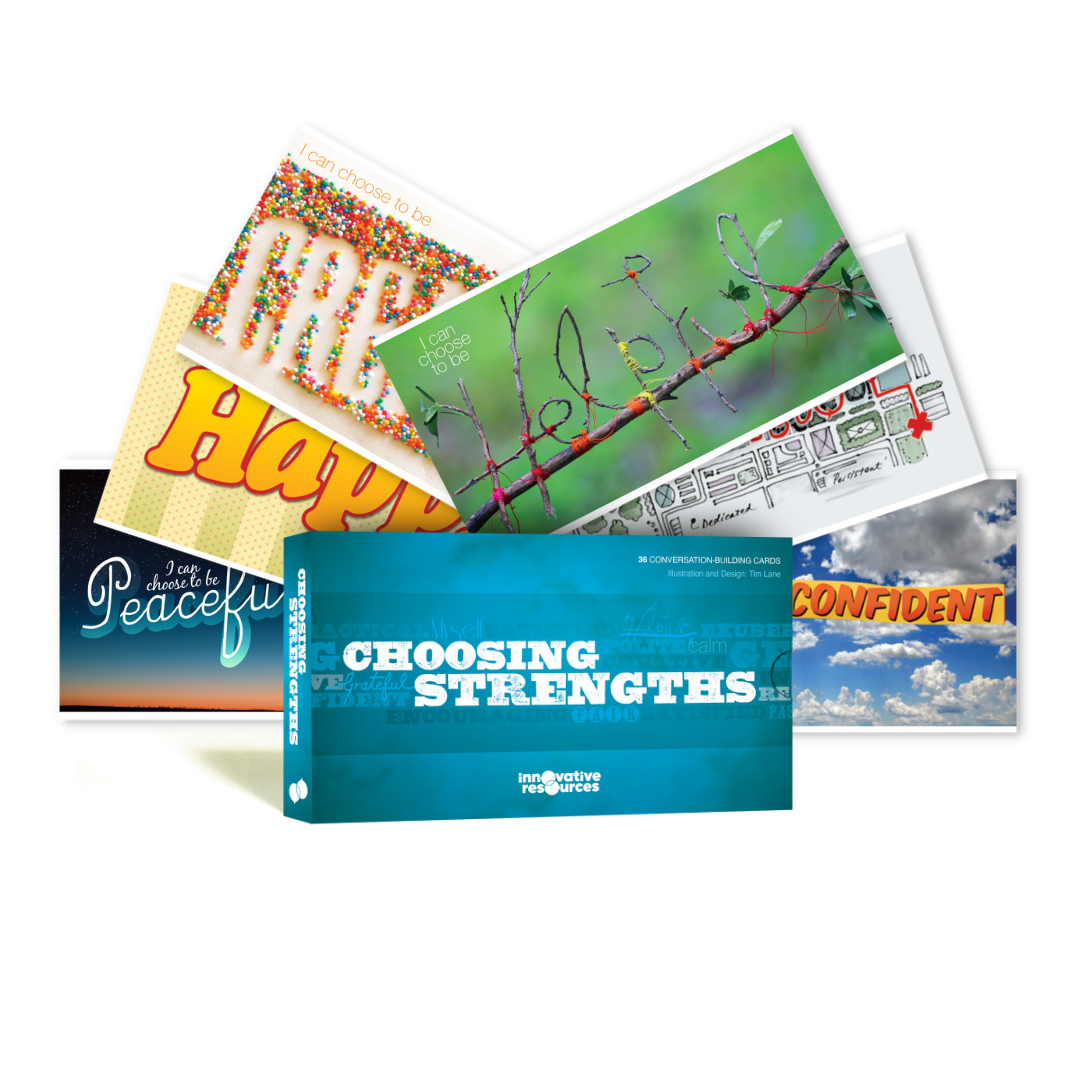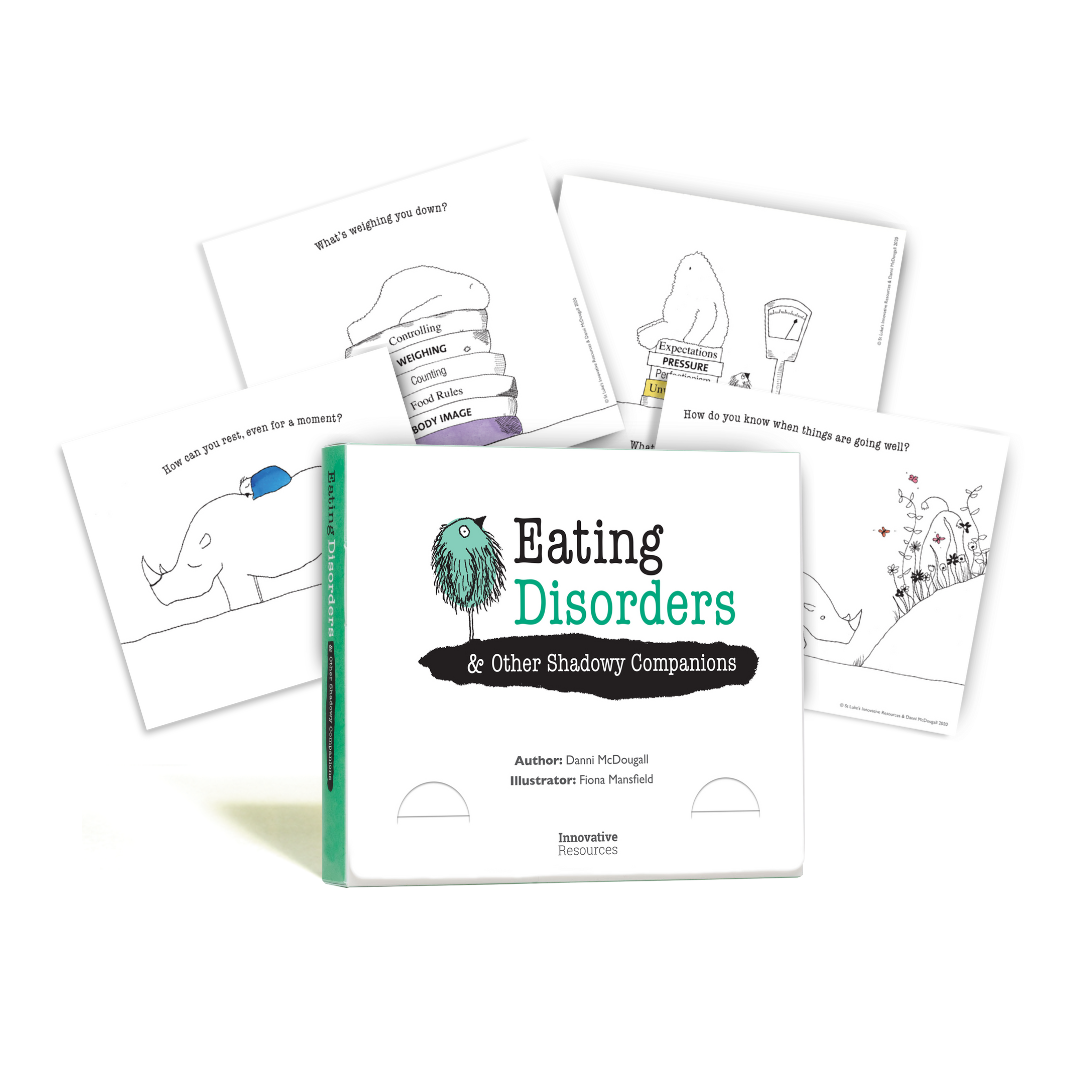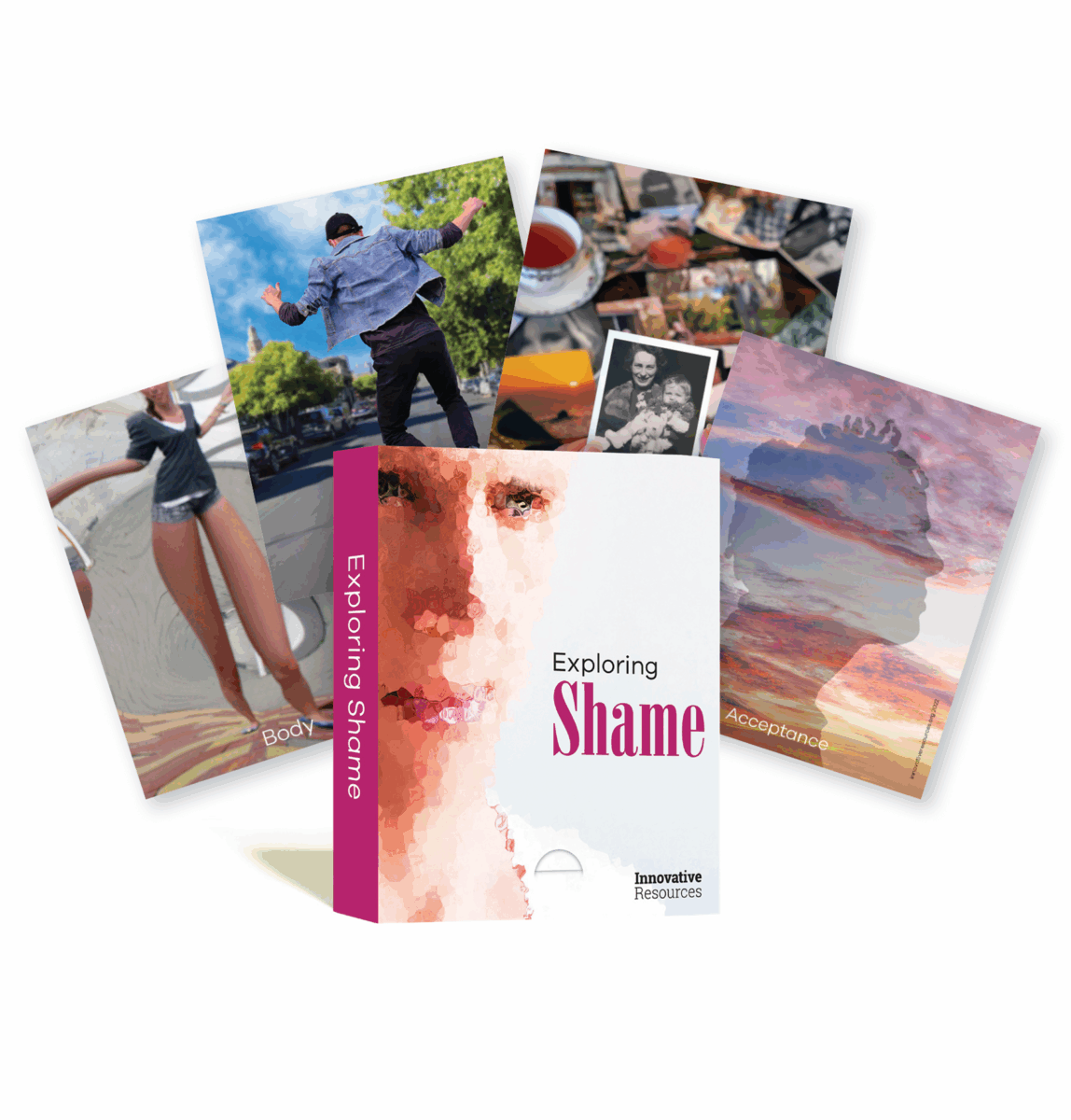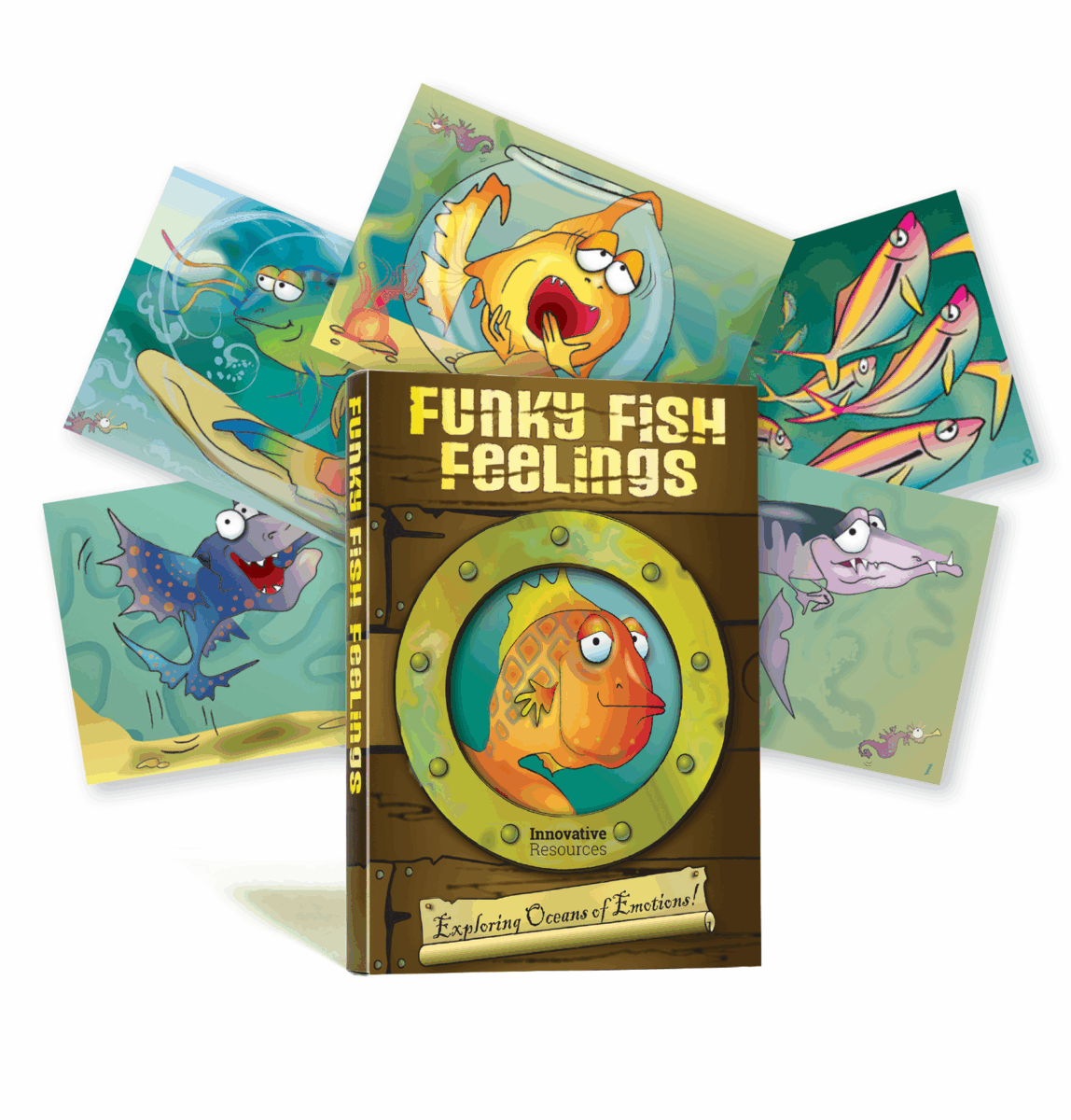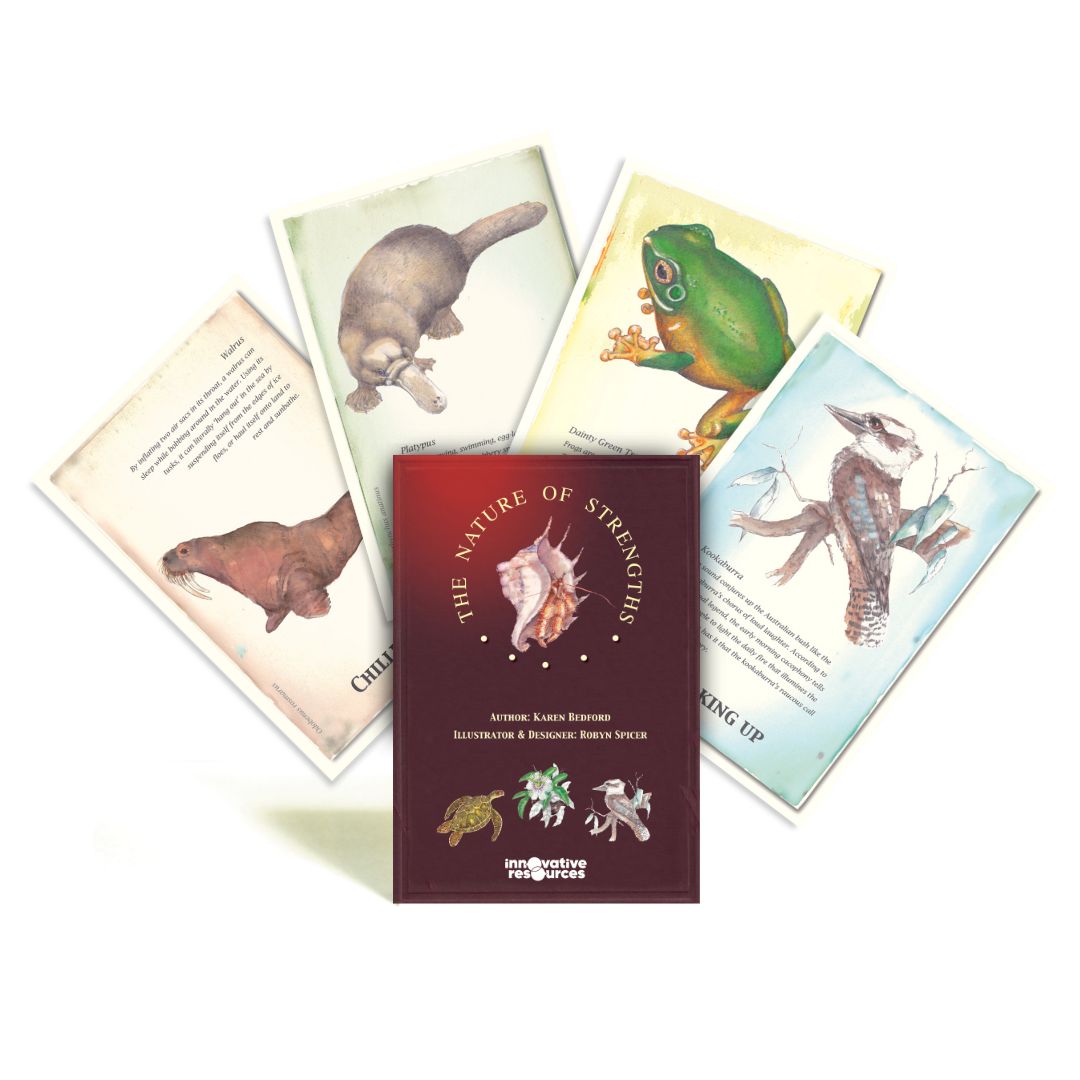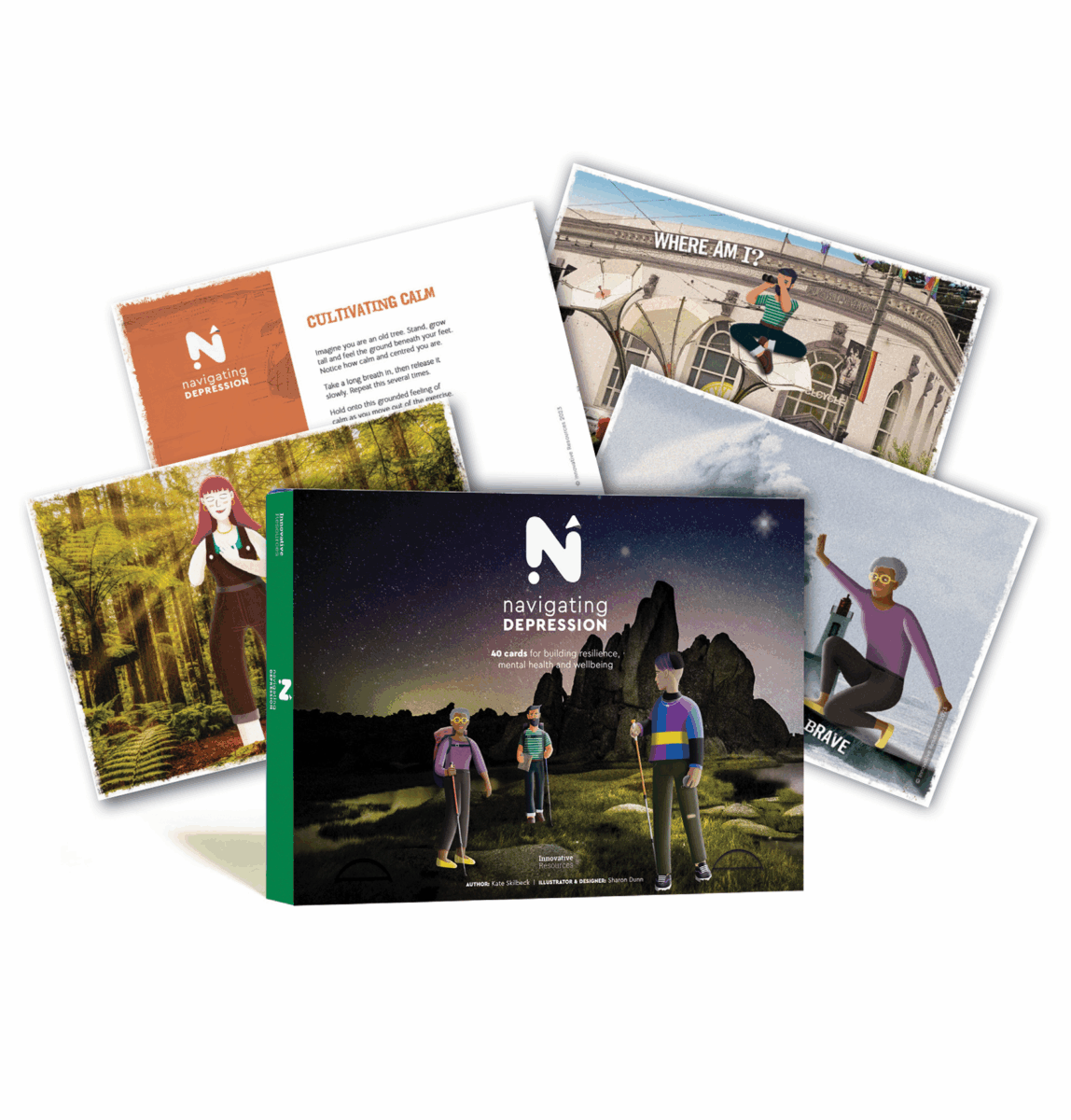Resource Category
All categories Uncategorized Bestseller books bundles card sets digital card sets digital resources featured new releases other resources pdfs resources for ELC's stickers
Subject
Change Culture Feelings & Body Signals Identity, Diversity & Inclusion Mental Health, Wellbeing & Self-care People's Stories Professional Development & Reflective Practice Relationships & Parenting Safety Strengths & Choices Trauma Values & Beliefs
Professional Area
Counsellors, Psychologists and Social Workers Early Years Practitioners Educators Managers, Supervisors, Organisations Parents, Carers and Families Secondary Teachers Spiritual Care Practitioners Trainers
Sort by
Default sorting Sort by popularity Sort by latest A - Z Z - A Sort by price: low to high Sort by price: high to low

